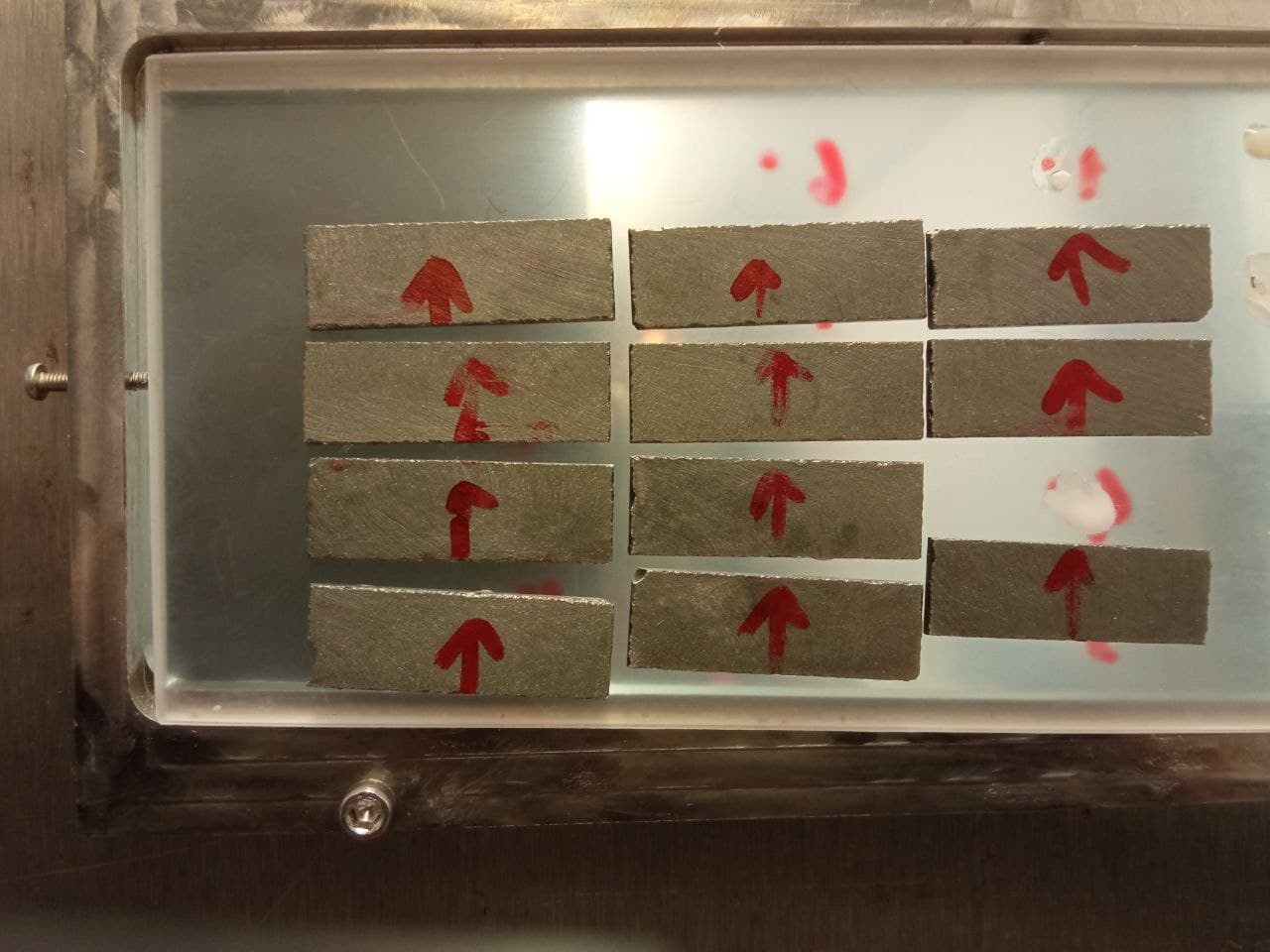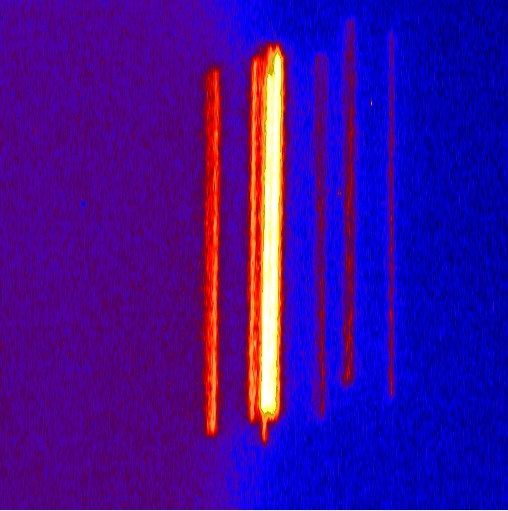LAUE – TRILL
The Technological Readiness increase for Laue Lens (TRILL) is a project supported by INAF and ASI for the advancement of the technology of Laue lenses for space applications. A Laue lens is an hard X/soft Gamma-ray optics based on Bragg’s law of diffraction in transmission configuration. In its simplest design, it consist in a spherical cap covered in crystal tiles properly oriented to concentrate the radiation impingin on the lens in a focal point.


The main objective of the TRILL project is to develop a repeatable and reliable way to build a section of a Laue lens made by bent Silicon and Germanium crystals. The use of bent crystals constitute a significative upgrade with respect to the previous HAXTEL project, since bent crystals posses radiation concentration capabilities, thus allowing us to build Laue lenses with long focal length and a relatively small Point Spread Function (PSF). For our assembly, we opted for a modular approach: the full Laue lens is divided in a series of circular sectors and each sector is divided into smaller sections (“modules”).
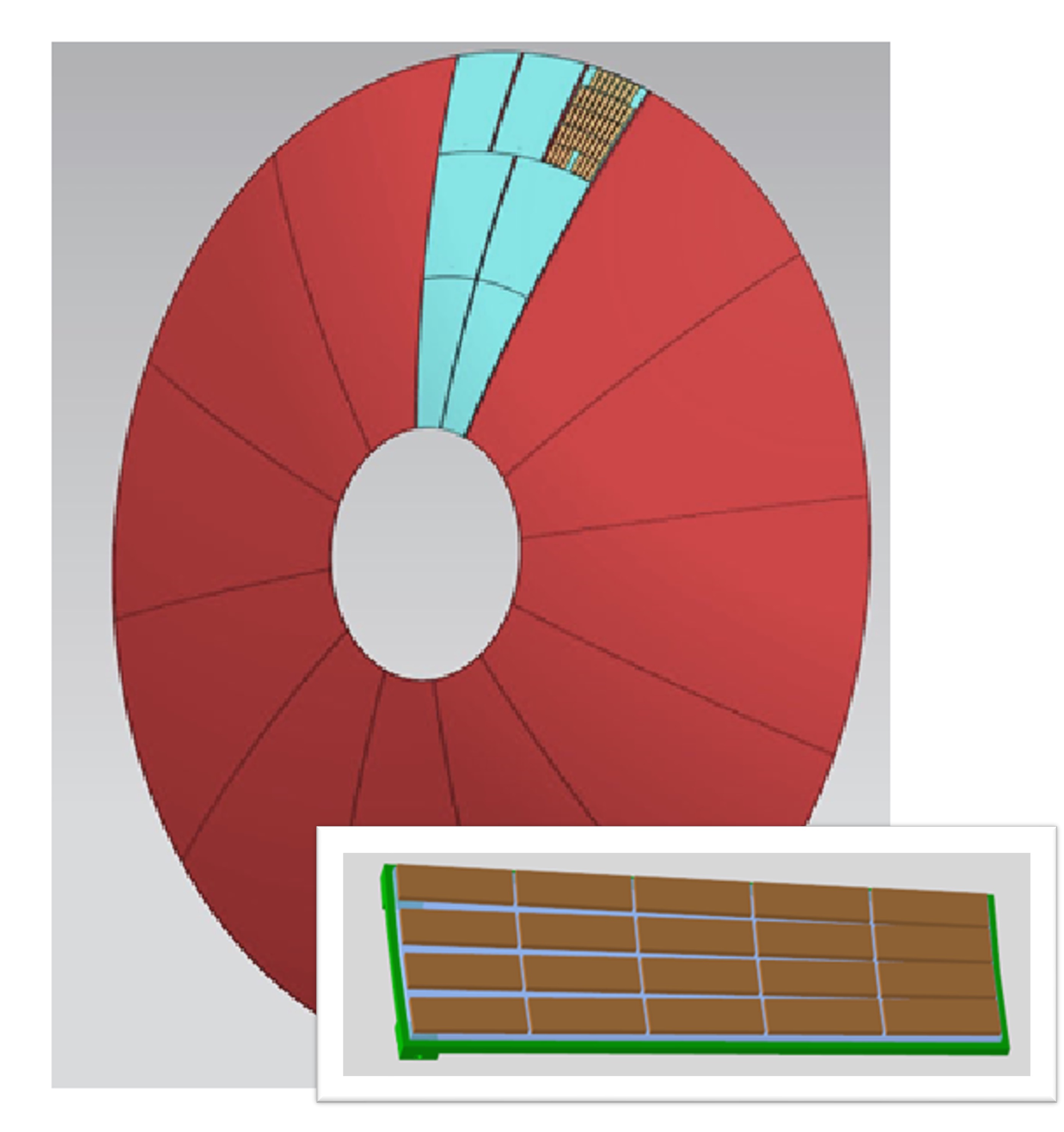

At the LARIX-Tunnel facility, we are working on bonding crystals bent to a curvature radius of 40 m to an adequate substrate. At the moment, we are using an UV-curable, space qualified glue and a clear quartz substrate. The bonding process is done by exploiting the high accuracy hexapod available at LARIX-Tunnel and is performed under the control of the X-ray beam to increase the assembly accuracy of the system as much as possible.
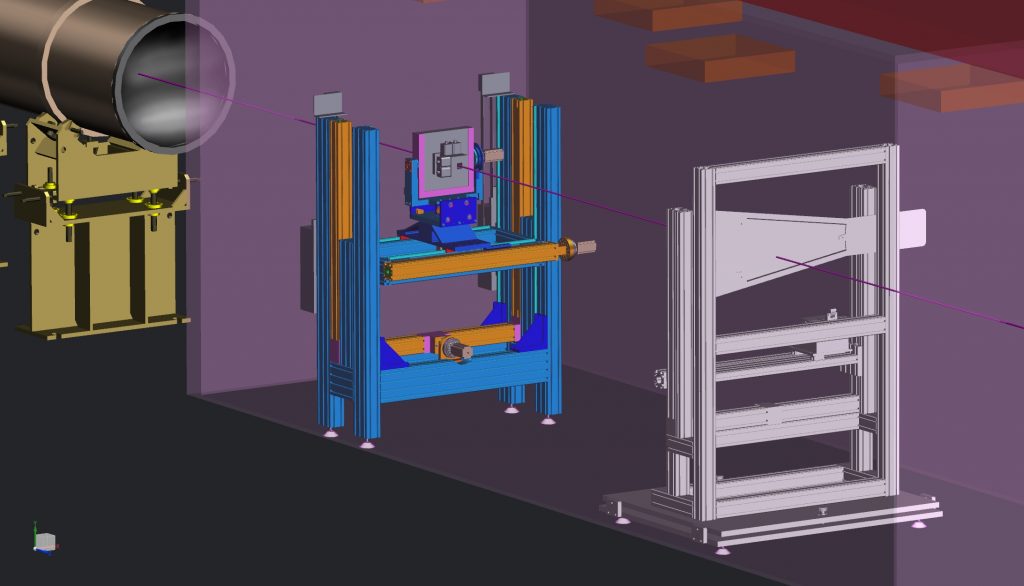
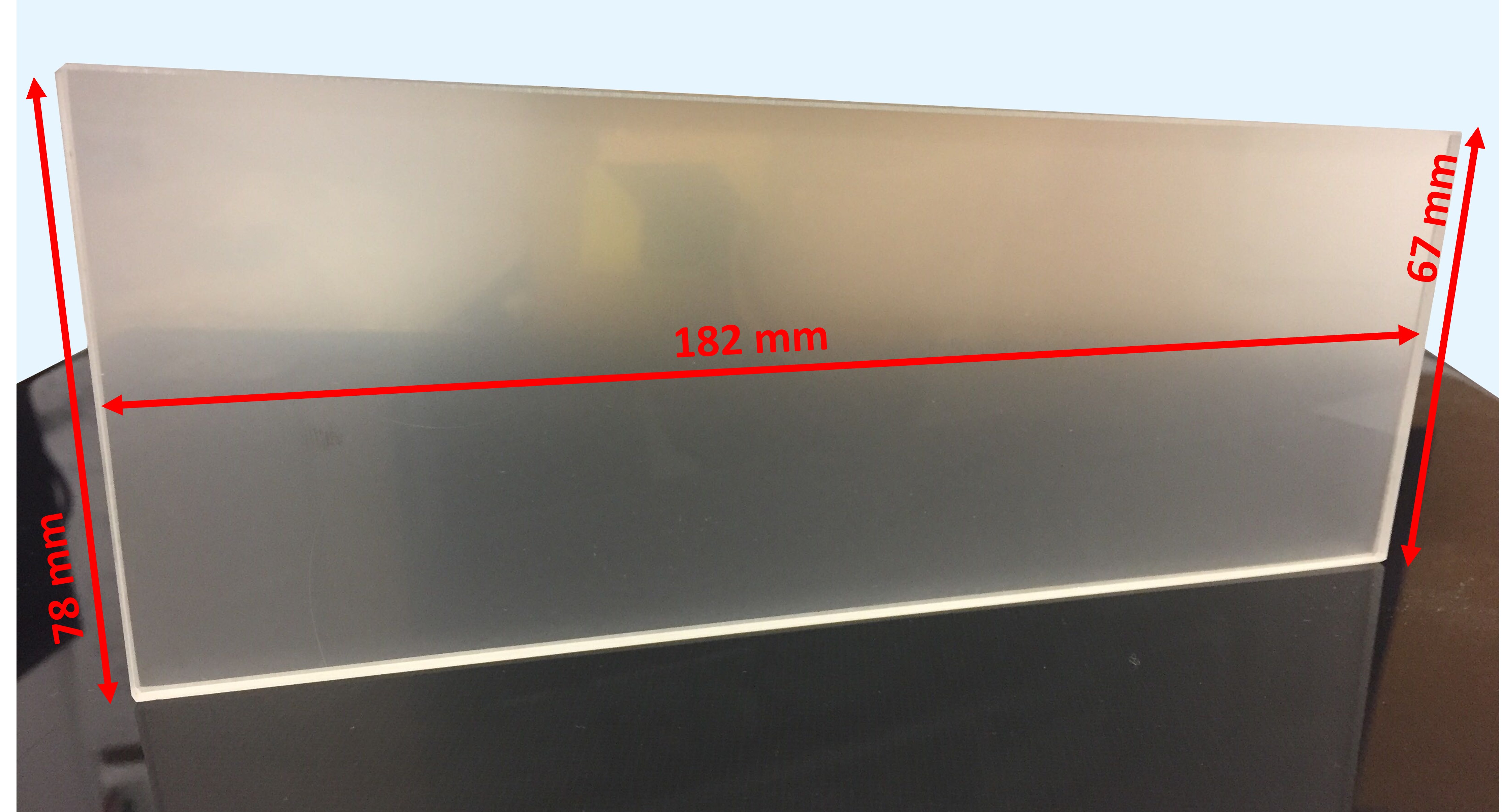
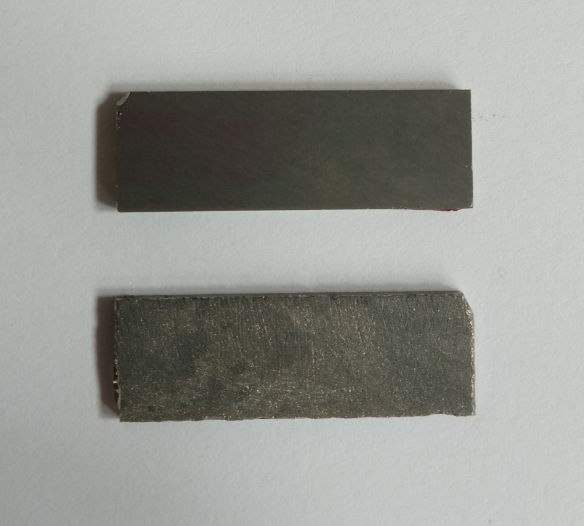
Left:CAD of the assembly set-up at the LARIX-Tunnel facility. Center: quartz substrate on which the crystals are bonded. Right: Germanium crystals
At the moment, we were able to reach an average assembly accuracy of the Bragg’s angle of about 100 arcsec. We are currently working on further increasing the assembly accuracy and to define a technique to join together and orient the different modules of the full lens.
